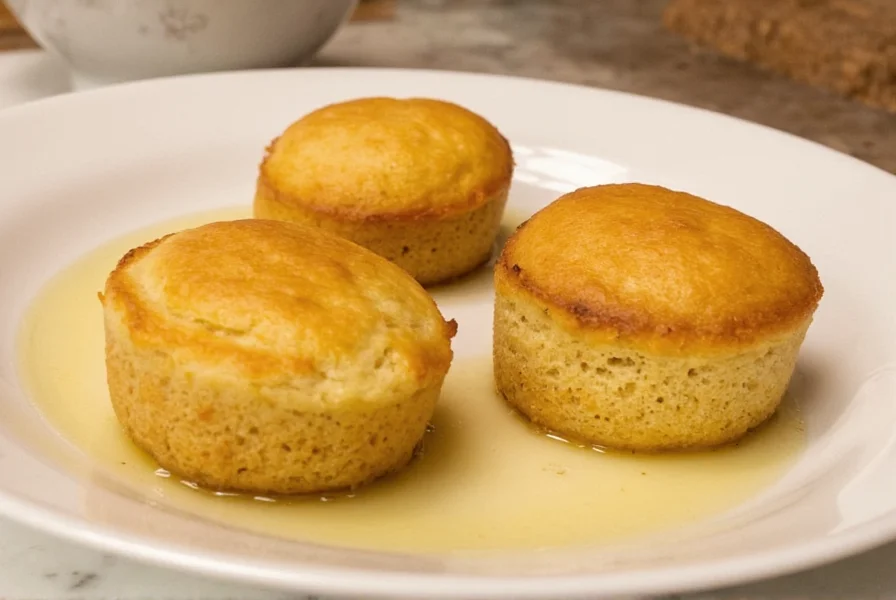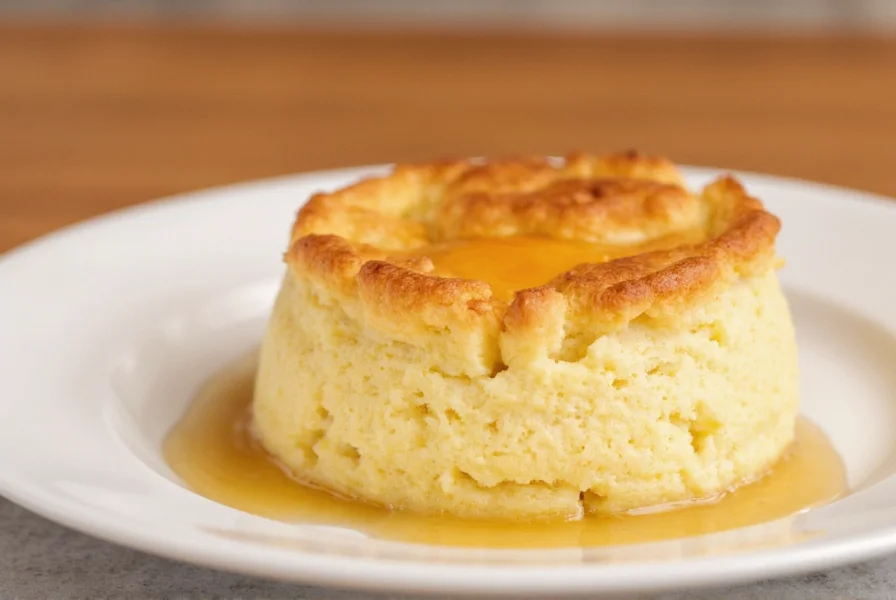Many home cooks and food enthusiasts search for the origins of ginger soufflé wondering about its historical roots and whether it connects to the popular cosmetics brand. This comprehensive exploration clarifies the true culinary history while addressing common misconceptions about this elegant dessert.
Understanding the Soufflé Technique Foundation
The soufflé technique itself emerged in early 18th century France, with the first documented references appearing around 1719 in Vincent La Chapelle's Le Cuisinier Moderne. These early preparations focused primarily on cheese and savory variations. The term "soufflé" (meaning "puffed" or "inflated" in French) perfectly describes the dramatic rise that occurs when properly prepared.
French chef Marie-Antoine Carême, often considered the founder of haute cuisine, further refined soufflé techniques in the early 19th century. His influential work L'Art de la Cuisine Franêise (1833-1844) included multiple soufflé variations that established the foundation for both savory and sweet preparations that would follow.
Ginger's Journey to French Desserts
Ginger's path to becoming a staple in French patisserie began centuries earlier. Originally cultivated in Southeast Asia, ginger reached European markets through ancient spice trade routes. During the Middle Ages, it appeared primarily in medicinal preparations and as a luxury item for the wealthy.
By the 17th century, ginger had become more widely available in Europe, transitioning from apothecary shelves to kitchen pantries. French chefs initially incorporated it into gingerbread and other baked goods before experimenting with more delicate preparations. The traiteur (caterer) guilds of Paris began featuring ginger in elaborate desserts by the late 18th century, setting the stage for its incorporation into soufflés.
The Emergence of Ginger Soufflé
The first documented ginger soufflé recipe appears in Urbain Dubois's Cuisine Classique (1856), though culinary historians believe simpler versions existed in elite French households several decades earlier. This period coincided with France's culinary golden age following the French Revolution, when chefs previously employed by aristocracy opened restaurants for the emerging bourgeoisie.
Early ginger soufflé preparations differed significantly from modern versions. Chefs used coarsely grated fresh ginger rather than the finely ground powder common today, and the spice quantity was more restrained to accommodate European palates still adjusting to exotic flavors. The delicate balance between the soufflé's airy structure and ginger's potent flavor required considerable skill.
| Time Period | Key Developments | Notable References |
|---|---|---|
| 1700-1750 | Early soufflé techniques developed; ginger used primarily in medicinal preparations | Vincent La Chapelle's Le Cuisinier Moderne (1735) |
| 1750-1800 | Ginger transitions to culinary use; early sweet soufflé variations appear | Menon's La Science du Maître d'Hôtel Cuisinier (1749) |
| 1800-1830 | First ginger soufflé recipes documented; ginger becomes more accessible | Antonin Carême's manuscripts (1815-1833) |
| 1830-1860 | Ginger soufflé gains popularity in Parisian restaurants; standardized recipes emerge | Dubois & Bernard's Cuisine Classique (1856) |
| 1860-Present | Global spread of recipe; modern variations incorporating different ginger forms | Escoffier's Le Guide Culinaire (1903) |
Dispelling the Origins Brand Confusion
A common misconception connects ginger soufflé to the Origins cosmetics brand. This confusion likely stems from searchers mistyping or misunderstanding the term "origins" as part of a product name rather than seeking historical information. Origins, founded in 1990, is a beauty products company owned by Estée Lauder that has never produced food items.
Culinary historians confirm no relationship between the cosmetics brand and the dessert. The term "origins" in food history refers strictly to the historical beginnings of dishes, not to commercial brands. When researching authentic ginger soufflé origins, focus on French culinary texts from the 19th century rather than modern commercial products.
Modern Interpretations and Techniques
Today's ginger soufflé recipes benefit from centuries of refinement. Contemporary chefs often use a combination of fresh ginger, ground ginger, and ginger syrup to create complex flavor profiles while maintaining the delicate structure essential to a perfect soufflé.
Notable variations include:
- Asian-inspired versions incorporating lemongrass or yuzu with ginger
- Deconstructed presentations that maintain the flavor profile while reimagining the structure
- Individual portion soufflés that solve the traditional challenge of serving before collapse
- Ginger-beer infused variations that add carbonation for extra lift
Mastering the traditional French ginger soufflé technique requires understanding several critical factors: proper egg separation temperature, precise folding technique, optimal oven temperature, and the crucial moment for serving. The ginger content must be carefully balanced, as too much can interfere with the egg proteins' ability to set properly.

Preserving Culinary Heritage
The story of ginger soufflé represents a fascinating intersection of culinary technique, global trade, and cultural exchange. As food historians continue researching historical recipes of ginger soufflé, they uncover how this delicate dessert reflects broader patterns of ingredient availability and culinary innovation.
For home cooks interested in experiencing the authentic taste of historical ginger soufflé, seeking out recipes from early 20th century French culinary texts provides the most accurate representation of how this dessert would have tasted during its emergence as a classic preparation. Modern adaptations, while delicious, often incorporate techniques and ingredient proportions that differ significantly from the original conceptions.












 浙公网安备
33010002000092号
浙公网安备
33010002000092号 浙B2-20120091-4
浙B2-20120091-4